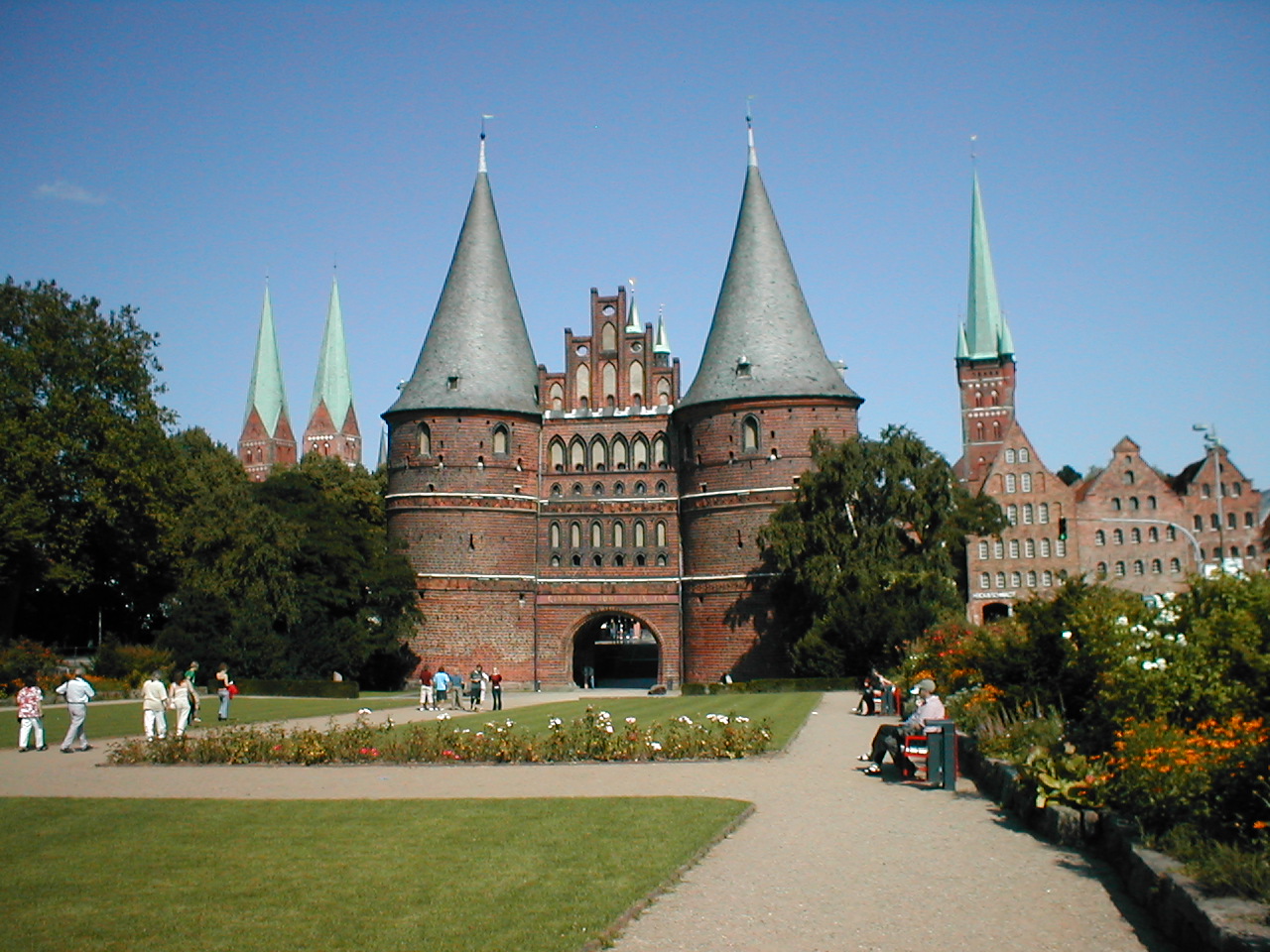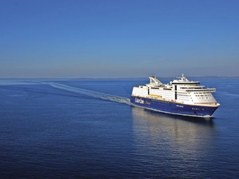Schleswig-Holstein – from conflict to peaceful border commute
Document Actions
Document Actions
Inga Rasmussen, 85, from Danmark and Karsten Tüchsen Hansen, 89, from Germany were particularly happy with the reopening of the border (above)

On 10 July 1920, Danish King Christian X rode a white horse through what until then was the border between Denmark and Germany. This became a lasting image of the decision brought about by a regional referendum to move the border further south.
The border has not moved since, and the centennial in 2020 has been celebrated with several national and regional events which will culminate on 10 July, the centenary of the King riding his horse across the border.
Before 1920, the border had been the scene of countless local and national conflicts and several wars. In 1864, Denmark was forced to cede large areas of the region to Germany, and Germany had to cede some of these areas in return after WWI and the 1920 referendum.
The historically fluctuating border means there is now a small group of people with Danish heritage south of the border while some of the citizens to the north, in Danish South Jutland, consider themselves to be German. The Danish minority in Germany and the German minority in Denmark enjoy the same rights as all other citizens of the country they live in. They have also been given support to maintain their special links to the neighbouring country, where they have their roots.

Holstentor in the city of Lübeck is one of Germany’s most famous buildings, and represents Schleswig-Holstein, Germany’s northernmost state. Among the city’s 2.8 million citizens you will find a Danish and a Frisian minority.
The regional capital is Kiel, which maintains close contacts with Scandinavia. Color Line sails between Kiel and Oslo, but crossings have been temporarily stopped from 14 March until 18 June 2020 because of the Corona pandemic.
Color Line runs seven vessels, which in 2019 carried 3.8 million passengers between Norway, Germany, Sweden and Denmark. The ferry company employs 2,500 people. The Oslo-Kiel route is operated by two vessels that offer cruise and transport, as well as the ro-ro vessel M/S Color Carrier.
